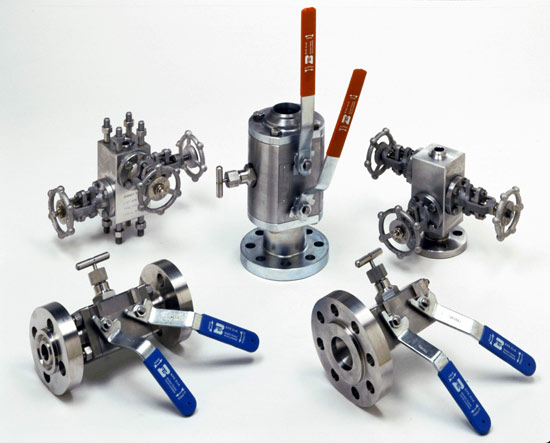Common Sense of Valve Body Strength Test
Pressure loaded vessel and body are very similar, so there is not allowed to have leakage when outputting the material, and cracks, loose pores, slags and other defects which will effect the strength are also not allowed for the body, bonnet and other components. In addition to the rigorous test of blank on appearance and internal quality, valve manufacturers should also do strength test for each valve so as to ensure the performance.
Strength test is usually carried out after the assembly. In order to avoid and reduce the waste due to a variety of test failure, rough quality blanks and heat treated components can do intermediate strength test after the rough machining. After the assembly of intermediate strength tested components, if the users have no special requirements, the valve could no longer do strength test.
Generally, it requires normal temperature. And from a security viewpoint, test pressure normally is 1.25 to 1.5 times of the nominal pressure. If there is a test outside the body and no leakage occurred during the allowed parameters time, a valve can pass the strength test. In order to ensure the reliability of the test, you need to do strength test before the painting. If the output material is water, you should clean the air out of the cavity.
From the above you can see it is significant to pay attention to the strength test. Only in case of ensuring the strength of the body can its quality be guaranteed. Also, strength test is one of the important subjects of the valve body at present, as well as in the future.
